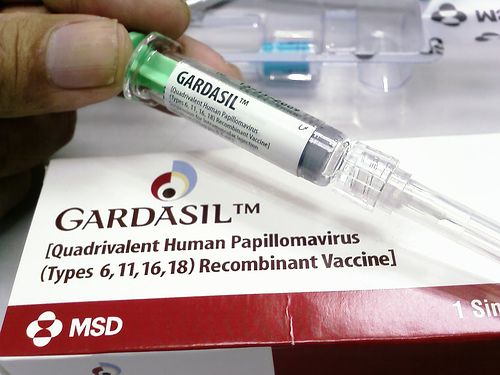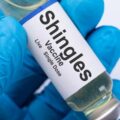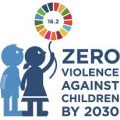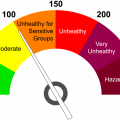The results of a comprehensive meta-analysis, spanning from the mid-1990s to 2022 and analyzing a multitude of scientific papers, have sparked renewed advocacy for the inclusion of men in global Human Papillomavirus (HPV) vaccination programs. This study has underscored the significant prevalence of HPV in men aged 15 and older, highlighting that sexually active men act as a reservoir for HPV infections. The researchers posit that vaccinating men could play a pivotal role in the broader objective of eradicating cervical cancer and other diseases linked to HPV.
In countries such as the United Kingdom, the current vaccination strategy encompasses girls and boys aged 12 to 13, born after September 1, 1991, and September 1, 2006, respectively. Moreover, gay, bisexual, and other men who have sex with men (MSM) up to the age of 45 are also included. However, the availability of HPV vaccination is unevenly distributed globally. Despite 45 countries incorporating men into their programs last year, the majority still primarily target women, as indicated by the study published in The Lancet Global Health.
Complicating matters, recent years have witnessed a decline in HPV vaccine uptake. This decline is attributed partly to the disruptions caused by the COVID-19 pandemic and also to issues related to access, particularly in low- and middle-income nations.
HPV is not only linked to cervical cancer but can also contribute to anal, genital, oral, and head and neck cancers, in addition to anogenital warts that can exacerbate transmission rates and cause considerable morbidity.
While the epidemiology of HPV among women has been extensively studied, the same cannot be said for the broader male population, as noted by the researchers.
The meta-analysis disclosed an overall prevalence of 31% for genital HPV infections. Among those, 21% were infected with high-risk HPV strains, with HPV-16 being the most prevalent variant encountered. The prevalence of HPV infections in men was highest in the age group of 25 to 29 years and remained elevated until at least age 50. Furthermore, a noteworthy prevalence was observed in the 15 to 19 age group, suggesting rapid infection rates among young men shortly after the onset of sexual activity.
Since its initial introduction in 2006, there are now six licensed HPV vaccines globally, including Gardasil by MSD and Cervarix by GSK. The World Health Organization (WHO) presently advocates for girls aged nine to 14 as the primary recipients of the vaccine. However, other groups, including older girls, males, and MSM, are recommended for vaccination only if it is viable, affordable, and doesn’t detract resources from the primary target population.
The WHO’s projections indicate that adhering to its recommendations could potentially prevent 60 million cases of cervical cancer and 45 million related deaths over the course of the next century. This underscores the critical role that HPV vaccination plays in advancing public health and minimizing the impact of HPV-related diseases on a global scale.





